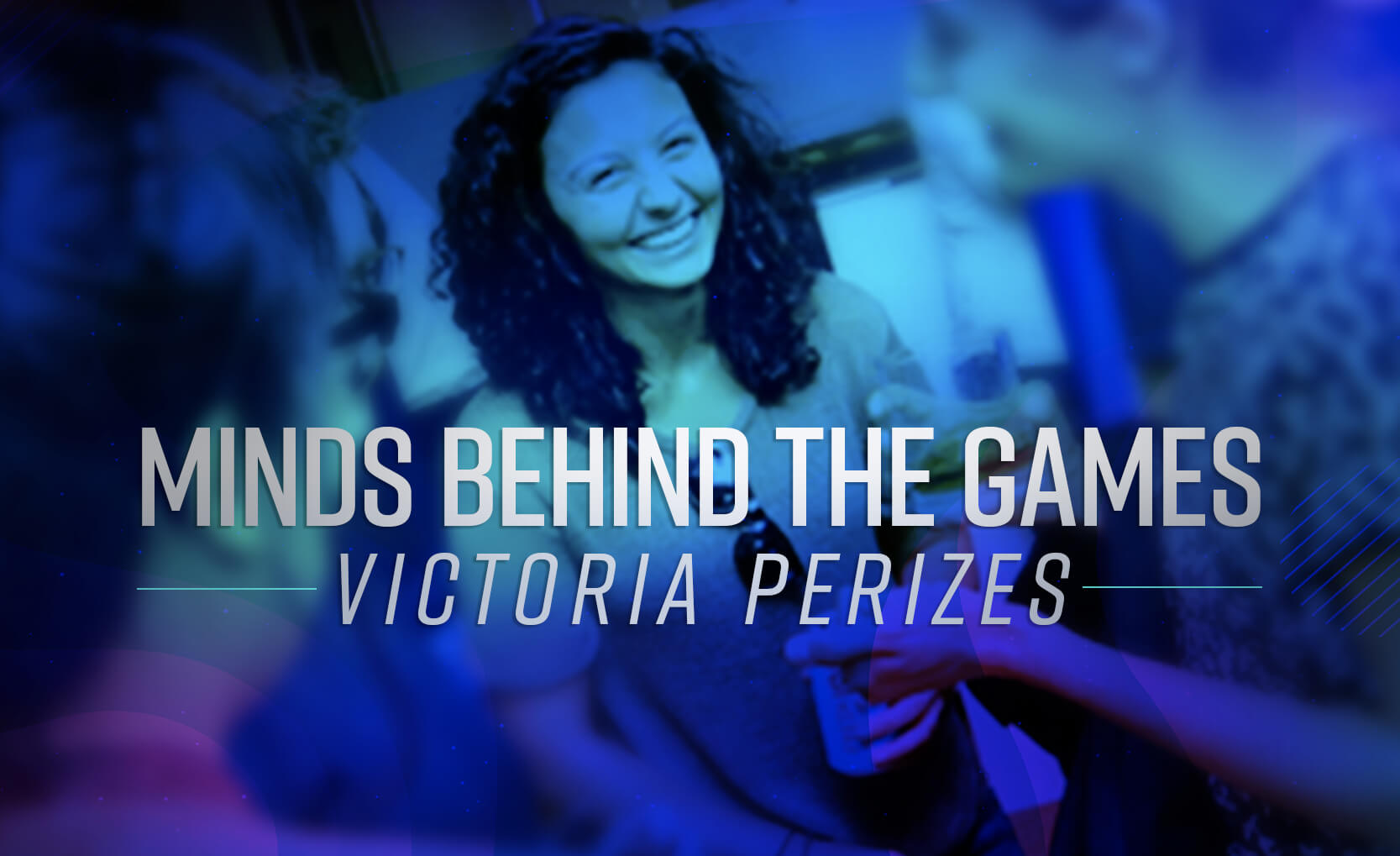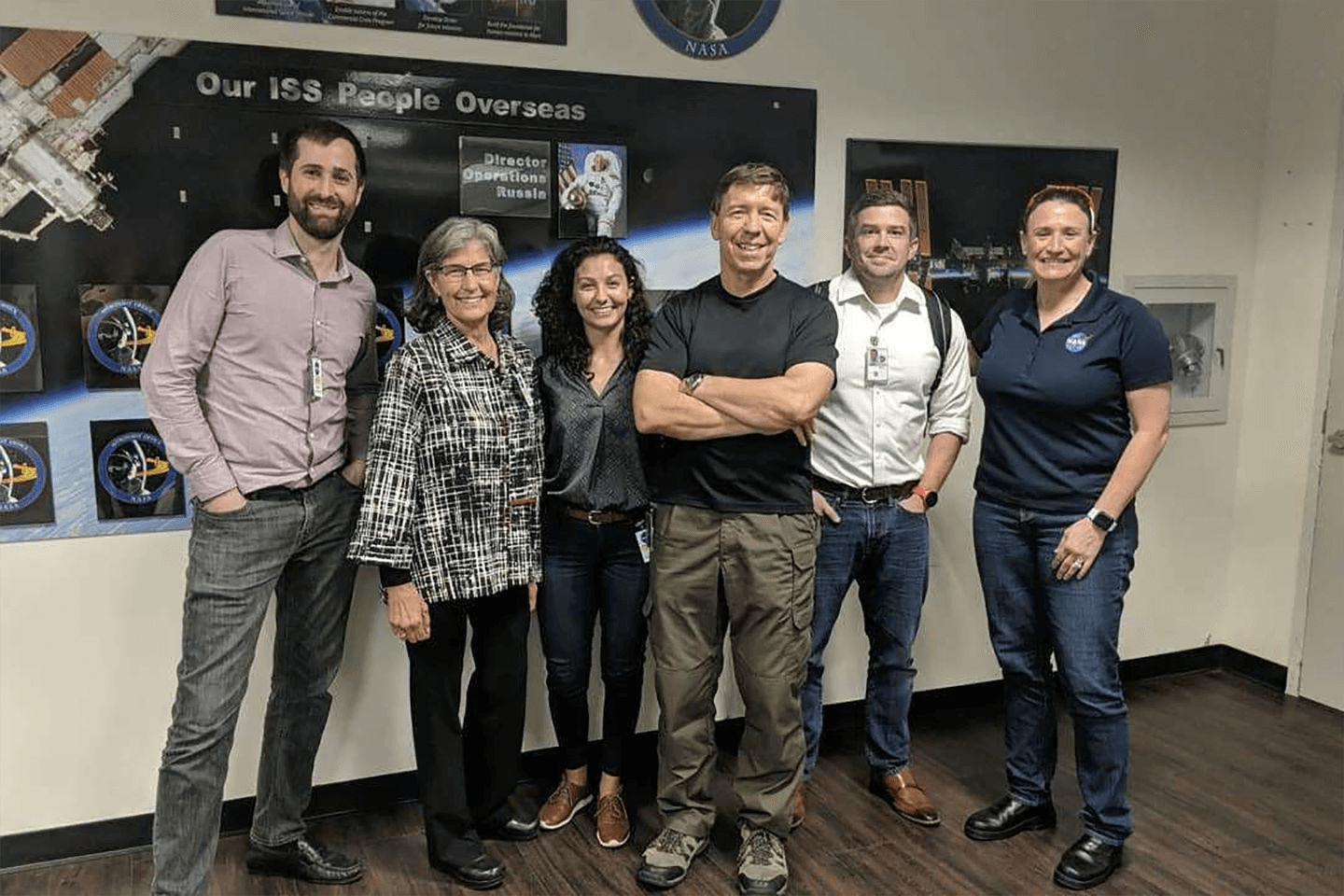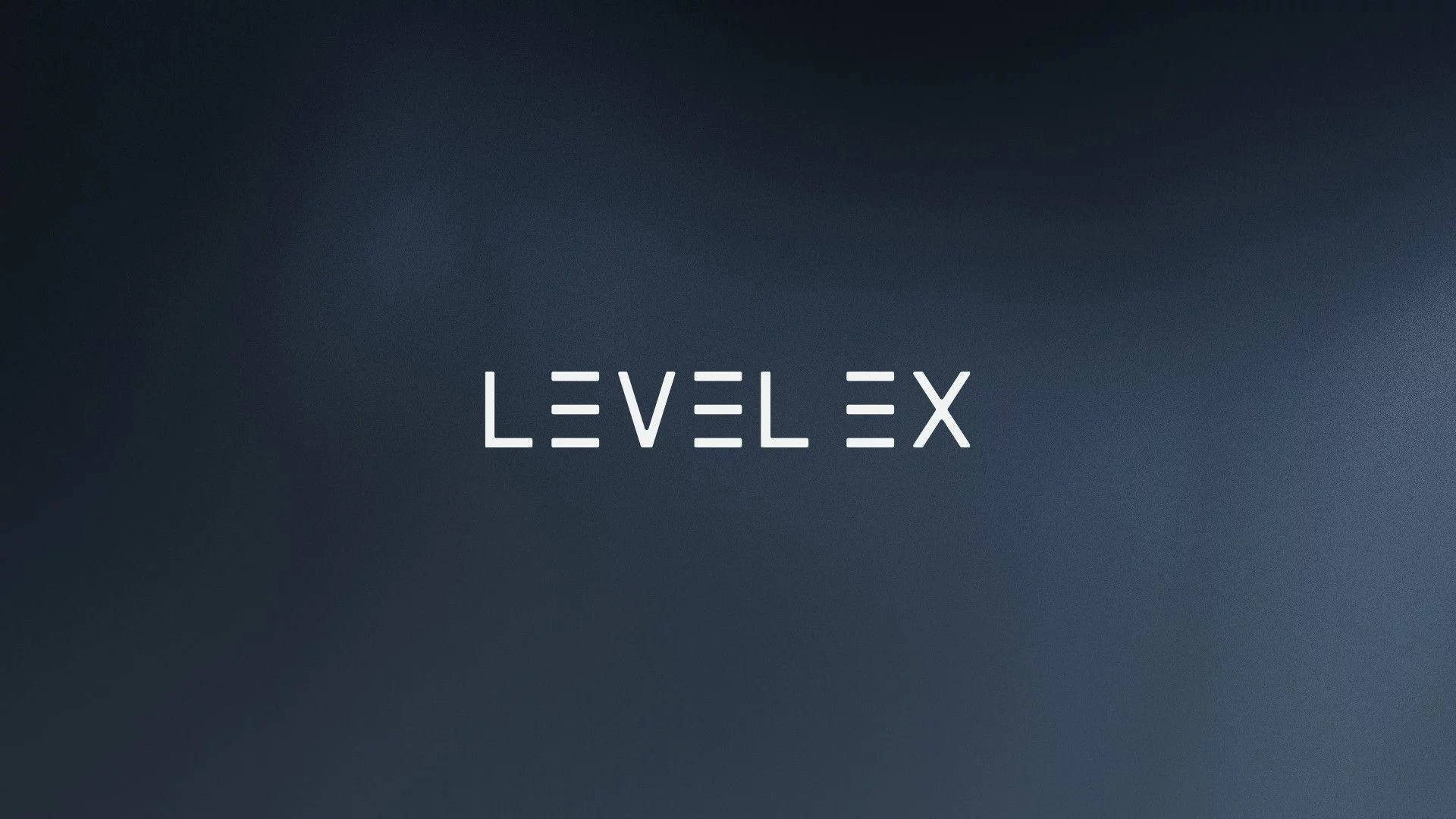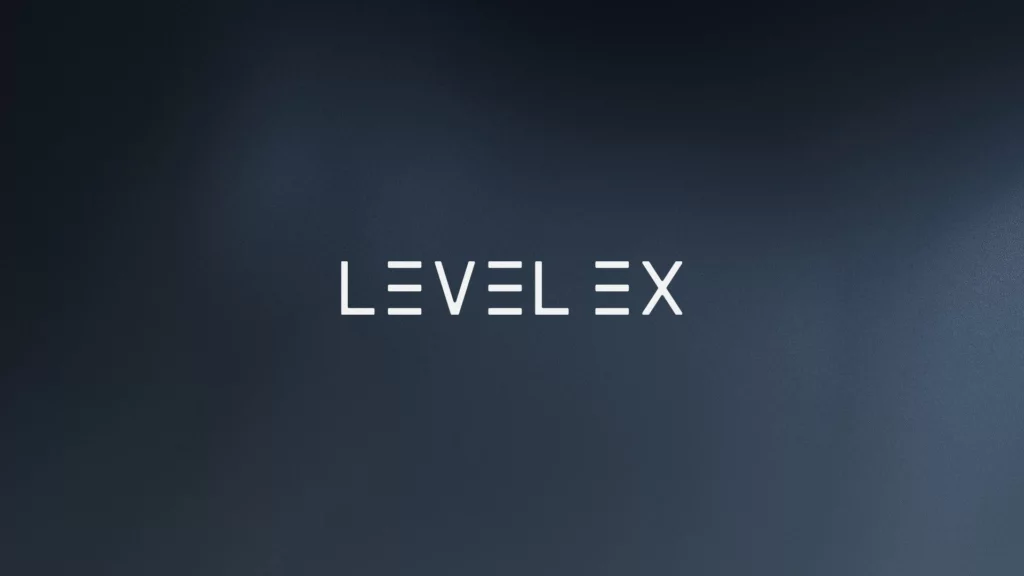
Minds Behind the Games: Victoria Perizes
Welcome to our next edition of Minds Behind the Games! We’re shining a spotlight on Senior Biomedical Solutions Specialist Victoria Perizes, whose contributions to science, from developing assistive technology for stroke victims to helping astronauts handle medical emergencies in space, are nothing short of stellar.
Q: What is your role at Level Ex?
A: I am a Senior Biomedical Solutions Specialist, which says little about what I actually do. For the newcomers (in a nutshell): I am responsible for communicating highly complex scientific and medical topics with the goal of enabling and guiding the game dev team to design and create amazing products that our audience will enjoy. By extension of this, I am also responsible for ensuring medical credibility and plausibility across all aspects of any project I work on—for the last year and a half I have largely been overseeing all biomedical aspects for the work we are doing with NASA.
Victoria discusses our continued work with NASA and TRISH in an interview from the 2020 Human Research Program Investigators Workshop Meeting.
Q: How did you get your start in science?
A: I chose degrees in STEM because they offered me the most flexibility and opportunity to be creative and have a meaningful impact on people’s lives. However, there was no eureka/defining moment that really drove me to science. When I was graduating high school, I essentially gave myself three options: (1) Become a pilot (I come from a family of pilots), (2) become a chef (I LOVE cooking), or (3) go into the sciences and/or medically related field. I somehow decided I wanted to become a physical therapist only to completely change my mind my senior year of undergrad (majoring in Kinesiology). At that moment, I really thought hard about graduate programs that complemented the BSc I was about to receive…long story short, I decided to get a master’s in Biomedical Engineering. How the hell did a non-engineer go and get a master’s in an engineering discipline? That’s a whole other story.
 Victoria at Level Ex’s Pulm Ex launch party in 2017.
Victoria at Level Ex’s Pulm Ex launch party in 2017.
Q: Before joining Level Ex, you spent some time in the robotics lab at the Shirley Ryan Ability Lab. Tell us about your work there.
A: In my life previous to Level Ex, I was merely a grad student doing research at the Rehabilitation Institute of Chicago (now the Shirley Ryan Ability Lab). I specifically focused on biomechanics and found an opportunity to work on soft robotics and exoskeletons. The purpose of my research was to improve the stroke rehabilitation process through modulating movement/providing movement assistance. It was the first time I was involved in translational research and really opened my eyes to the difficulties of creating real-world solutions. It was also the first time I got to work with non-engineers (i.e. physical therapists) and really forced me to learn how to communicate technical concepts using non-technical language.
Q: What discoveries did you make during your time at the Shirley Ryan Ability Lab?
A: I helped to design the second generation of the MARIONET (Moment Arm Adjustment for Remote Induction of Net Effective Torque). Let me first start by addressing what it actually is: The MARIONET is a type of passive exoskeleton that is actuated through diagonally orientated cables (tension elements) and moment arm manipulation (see schematic below) to produce a single sinusoidal torque profile about a single joint. Moment arm manipulation is achieved by shifting the line of action of the cable by rotating its attachment along a circular path. I was specifically responsible for proving, through mathematical and empirical means, that such a device is viable and can be realistically optimized (given real world measurements of anthropometry) to approximate various torque profiles to provide assistance in movement.
The image below was one of the very early physical concepts created by the students that continued my research and showcases a single, simplified MARIONET. The image was taken from the paper that we recently published.

The concept of the MARIONET was used as a mathematical proving ground to show that moment arm adjustment can provide both stable and unstable torques to modulate or assist movement, which are critical to gravity assistance to enhance mobility in an industrial setting, or therapy post accident. This empirical success allowed us to “stack” or add multiple MARIONETs to each other to create multi-joint springs that can approximate any desired torque profile. We call this “stacked MARIONET,” the ExoNET (Exoskeletal Network for Elastic Torque).
Q: What is the broader impact of your discovery?
A: Mathematically we’ve shown that a multi-joint ExoNET system has the ability to provide a number of assistive forces to match a desired torque profile across multiple joints. For example, if a patient is relearning how to extend their arm following a stroke, the ExoNET would be able to “fill in” the torque that the patient can not produce and assist in arm extension. This added torque from the ExoNET can be fine tuned, increased, or decreased by a physical therapist based on patient needs.
The broader impact is the ability to provide more cost effective and impactful rehabilitation to recovering stroke patients, or assistance to a factory worker, through a user-friendly, highly adjustable, safe, and low cost device.
Q: What do you enjoy about working at Level Ex?
A: I personally really enjoy the highly interdisciplinary aspect of Level Ex. There is not a day that goes by where I do not learn something new and that is a direct impact of working with people outside of my discipline and specialty. It also has been really fun and enlightening to see how we apply all of our collective knowledge (as a company) to make truly unique products.
 Level Ex’ers Erik Funkhouser (far left) and Victoria Perizes (third from left) meet with veteran astronauts and NASA stakeholders at the Johnson Space Center in October, 2019.
Level Ex’ers Erik Funkhouser (far left) and Victoria Perizes (third from left) meet with veteran astronauts and NASA stakeholders at the Johnson Space Center in October, 2019.
Q: What do you hope to accomplish in the future with Level Ex?
A: I’d love to see a Level Ex product end up in space and used by astronauts on their way to the moon, or even Mars.
 Victoria visiting the Johnson Space Center in Houston, TX. The behemoth you see behind her is actually part of the second stage of a resorted Saturn V rocket.
Victoria visiting the Johnson Space Center in Houston, TX. The behemoth you see behind her is actually part of the second stage of a resorted Saturn V rocket.
Interested in solving complex problems in healthcare? Come work with us! Check out our open positions.


